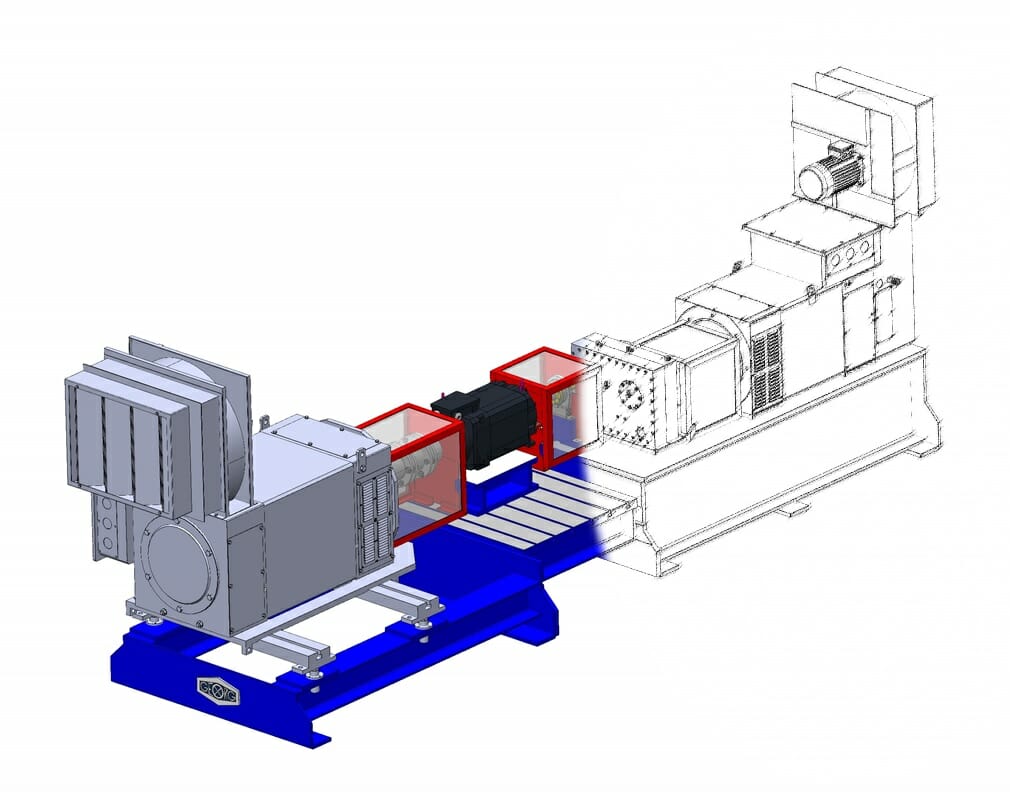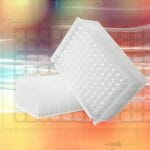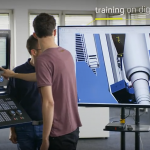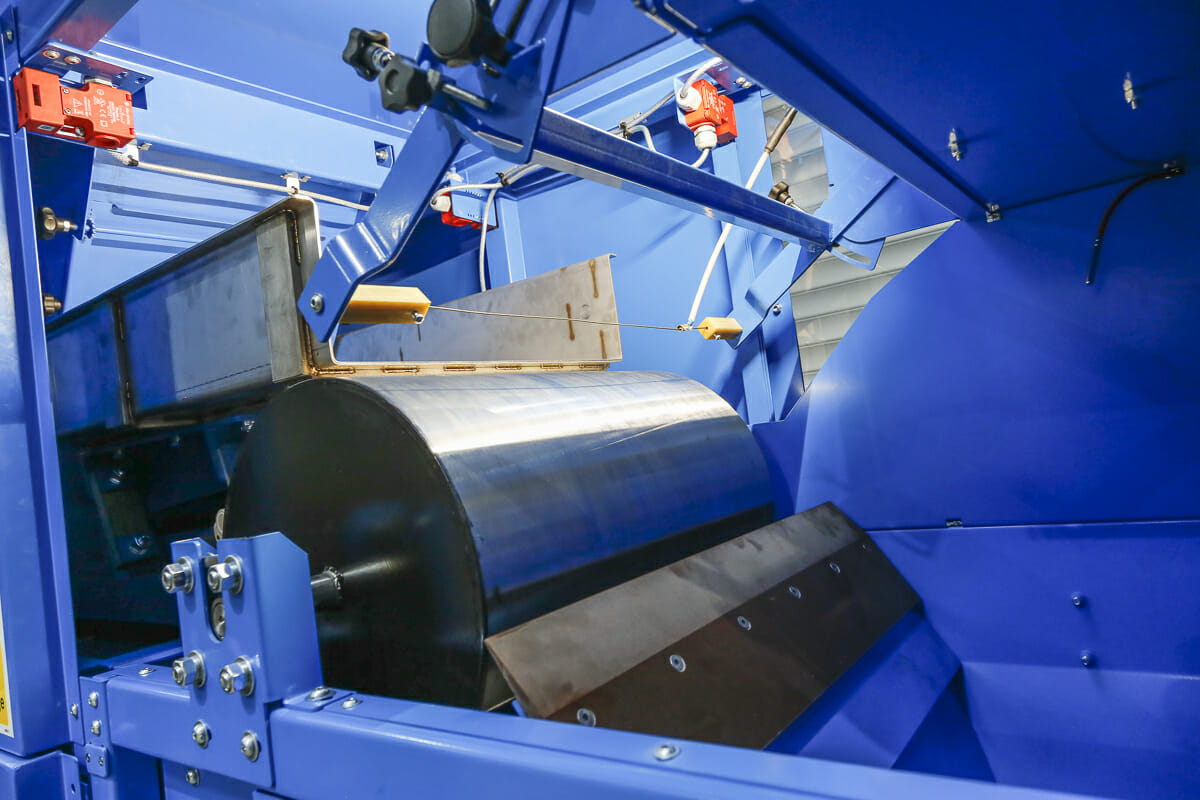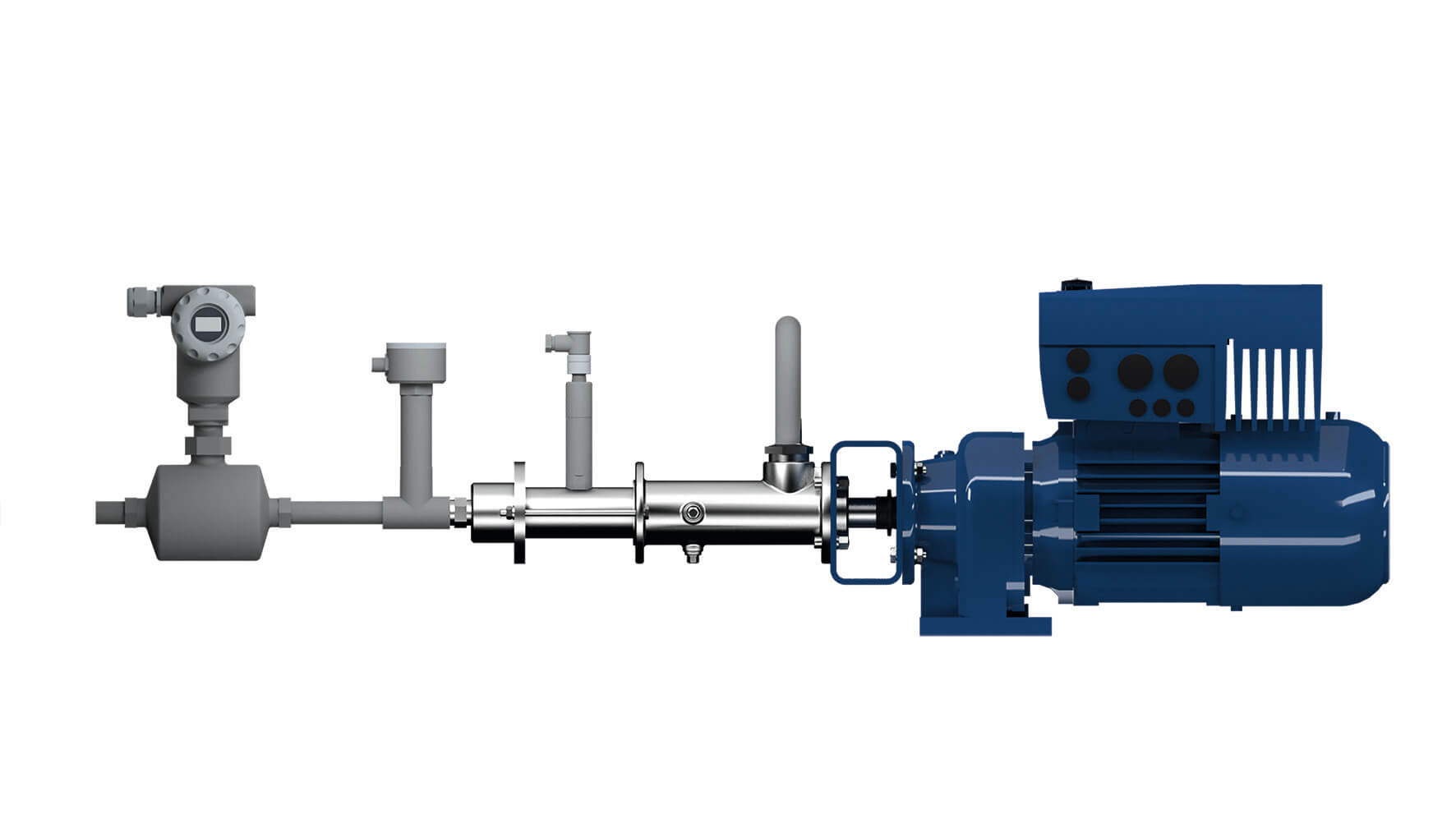Over the years, Georg UK have designed Rigs to test all sorts of products from the very small (eg human tissue to be bombarded with radiation) to the very large (eg full scale four carriage high speed Train). These projects spark the interest of our engineers who relish a challenge.
The process of designing a test rig
Martin Summers, Test Rigs Manager at Georg UK, explains the process of designing a Test Rig when you don’t have a detailed specification.
Normally design requests come with an outline specification – a basis from which to work with. But what if there isn’t a specification, just an idea? What if the idea needs turning into reality and into a business proposition? Who takes on the commercial burden of the process?
Three main elements have to work as algorithms to each other and without that successful formula, three large grey areas become apparent:
- is the specification (or wish list) achievable or unachievable?
- do the expected costs align with the specification?
- does the project plan align with expected time scales?
Creating a technical engineering specification
Our engineers delve into the minute detail of requirements, working with the customer’s team to create a technical engineering specification. We offer blue sky thinking, which for us means generating creative ideas and designing from a blank sheet of paper, regardless of the practical constraints. This has its own challenges in all aspects of the project; engineering, academia and commerce.
Using 3D design tools and analysis we can generate impressive models; but once that process commences, it’s like a can being kicked down the road in that the tweaking of that model can take on many iterations before a final solution is arrived at.
We return to the question – what was in the original specification and how would that change through the process based on performance, reliability and life expectancy of product which have major influences on design? In conjunction with the project engineers and buyers, we need to establish realistic product, lead times and costs.
Analysis of design has taken on a new dimension. Depending on design specifics, we can now zoom in to the smallest of components to understand its load and life capacity. A design is only as good as its weakest link; but by understanding these elements we can work out life expectancy based on load duties and then introduce systems to monitor those components for wear well before a potential failure could occur.
There’s then the commercial hurdle to overcome. This involves extensive time and upfront costs to establish the viability of the project. With potential heavy penalties for failure to deliver, high scrutiny of T&Cs is undertaken before agreements are concluded.
It can be a long process, but with the ultimate outcome of:
- A clear specification, with an agreed matrix
- A workable design
- Accurate costs
- A realistic project time line
- A best in class engineered product supplied within costs
- A satisfied customer
At Georg UK we are proud to have achieved a number of world class Test Rigs for aerospace, rail and defence clients. Together with recent and ongoing highly sophisticated projects from Universities, Georg UK is one of the leading designers and builders of Test Rigs in the UK.

